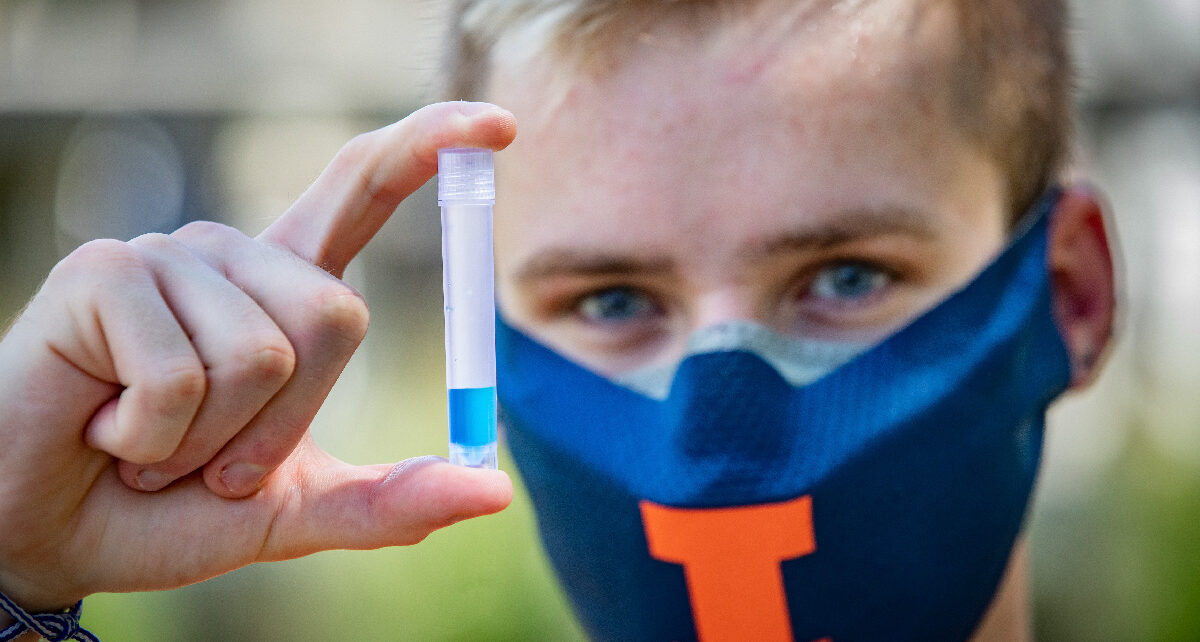Researchers of University of Illinois Grainger College of Engineering claim to have developed an ultrasensitive test using a paper-based electrochemical sensor which is capable of detecting presence of Covid-19 in five minutes.
The Researchers team was led by professor Dipanjan Pan. The new study shows the possibility of detecting Covid-19 through a rapid method with the use of a graphene biosensor which is adaptable to other viruses. The main advantages of graphene-based biosensors are their sensitivity, low cost of production and rapid detection turnaround.
“The discovery of graphene opened up a new era of sensor development due to its properties. Graphene exhibits unique mechanical and electrochemical properties that make it ideal for the development of sensitive electrochemical sensors,” said Maha Alafeef from the University of Illinois Grainger.
The two broad categories of Covid-19 tests in the market either use reverse transcriptase real-time polymerase chain reaction (RT-PCR) and nucleic acid hybridization strategies to identify viral RNA, or focuses on the detection of antibodies. However, there could be a delay of a few days to a few weeks after a person has been exposed to the virus for them to produce detectable antibodies.
“Currently, we are experiencing a once-in-a-century life-changing event. We are responding to this global need from a holistic approach by developing multidisciplinary tools for early detection and diagnosis and treatment for SARS-CoV-2,” said Alafeef.
There are two components to this biosensor, according to the study which is: a platform to measure an electrical read-out and probes to detect the presence of viral RNA.
Current RNA-based Covid-19 tests screen for the presence of the N-gene (nucleocapsid phosphoprotein) on the SARS-CoV-2 virus. In this research, the team designed antisense oligonucleotide (ASOs) probes to target two regions of the N-gene. Targeting two regions ensures the reliability of the sensor in case one region undergoes gene mutation.
Furthermore, gold nanoparticles (AuNP) are capped with these single-stranded nucleic acids (ssDNA), which represents an ultra-sensitive sensing probe for the SARS-CoV-2 RNA.
The Researchers team tested the performance of this sensor by using Covid-19 positive and negative samples. The sensor showed a significant increase in the voltage of positive samples compared to the negative ones and confirmed the presence of viral genetic material in less than five minutes. Furthermore, the sensor was able to differentiate viral RNA loads in these samples.
Not only this, but this platform has far-reaching applications due to its portability and low cost. The sensor, when integrated with microcontrollers and LED screens or with a smartphone via Bluetooth or wifi, could be used at the point-of-care in a doctor’s office or even at home.




